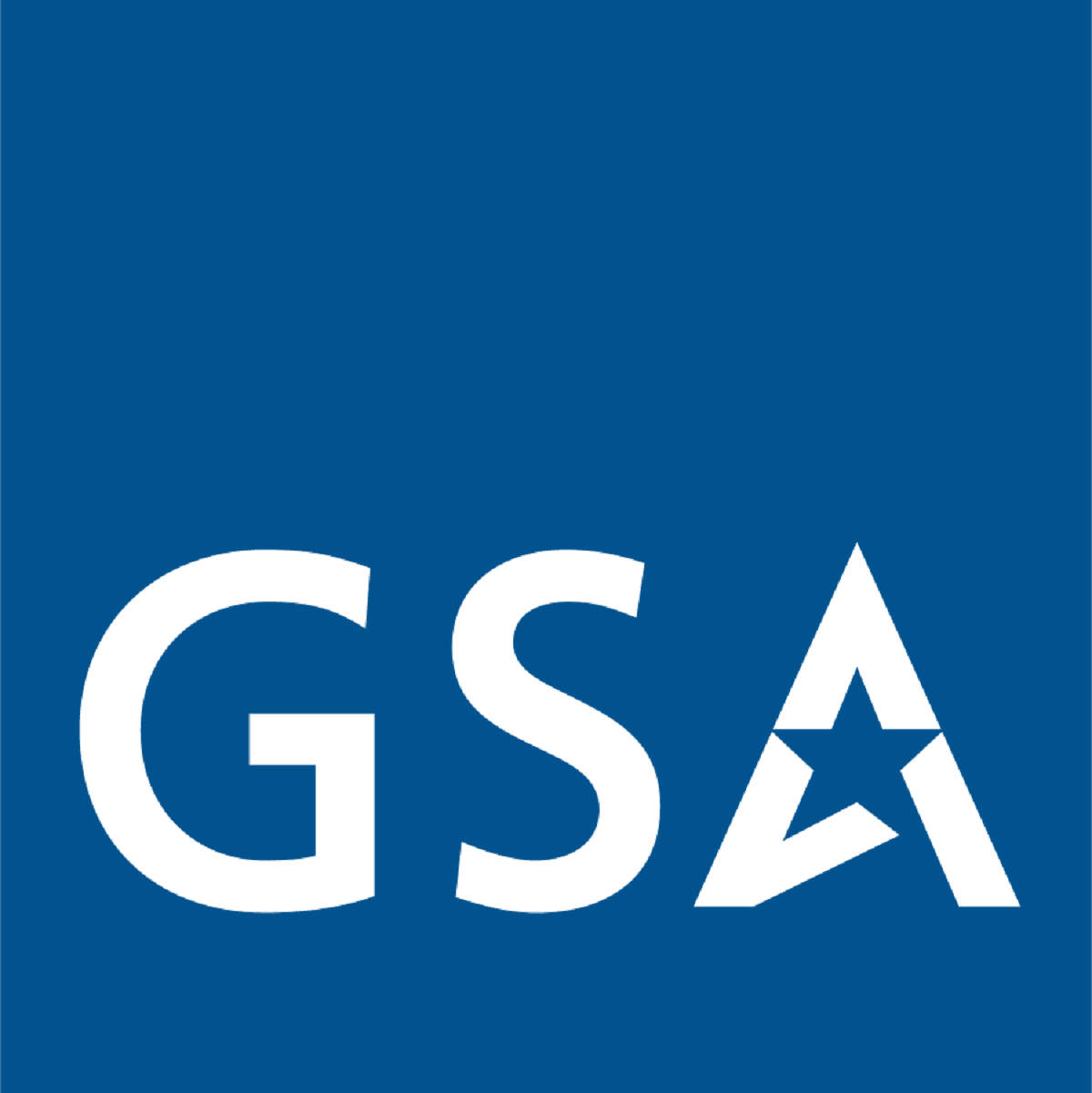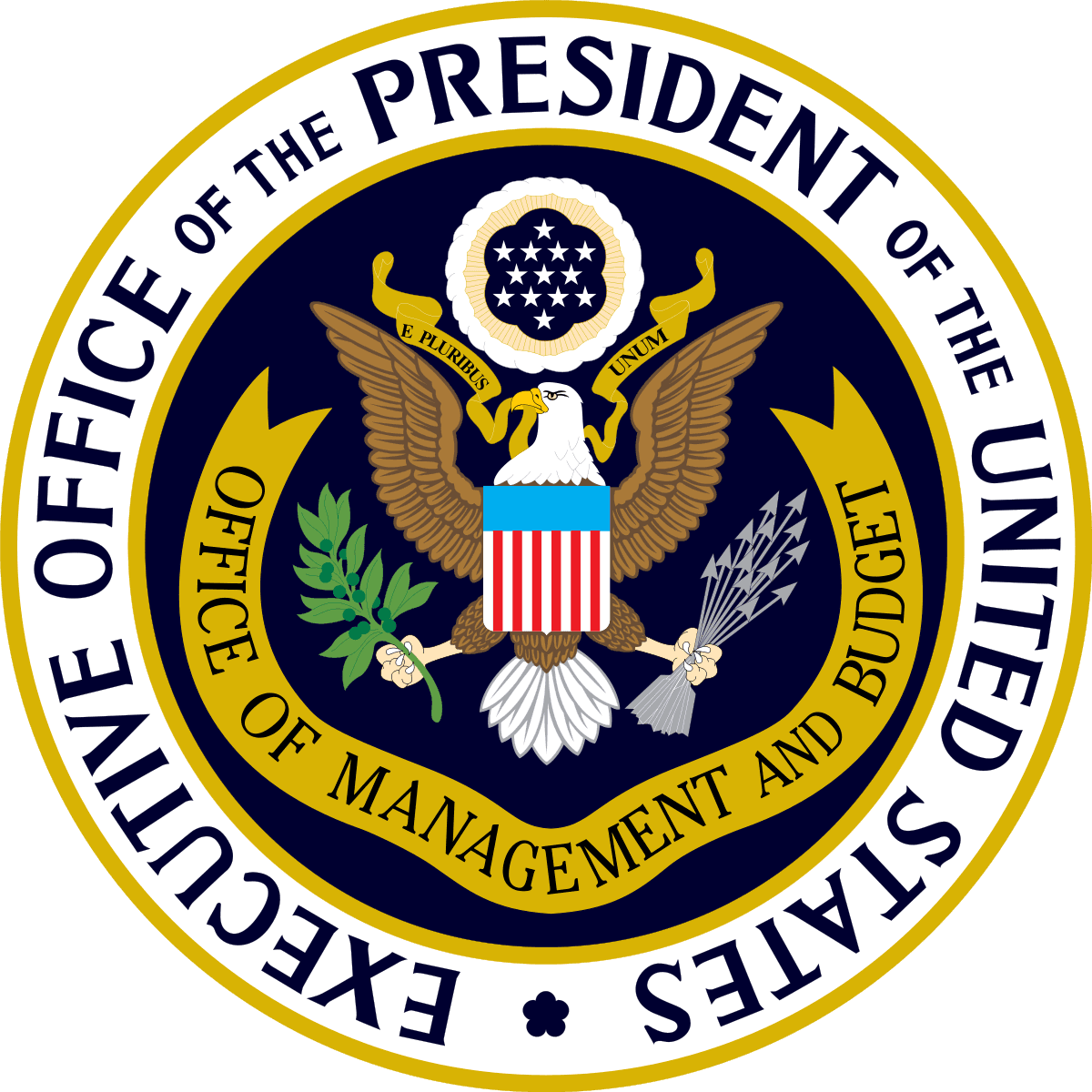Performance Framework
Strategic Objectives
Updated and revised every four years, Strategic Objectives reflect the outcome or management impacts the agency is trying to achieve over the term of an Administration. They express the results or direction the agency will work to achieve to make progress on its mission. Strategic Objectives advance the long-term outcomes identified in the Agency Strategic Plan, and are supported by more specific performance goals and indicators. Annually, agency leaders conduct a Strategic Review that assesses agency progress on achieving the mission, service, stewardship, and other crosscutting strategic objectives in the Agency Strategic Plan, and uses relative assessments to categorize a subset of strategic objectives. Concurrent with the release of the President's FY 2019 Budget, Federal agencies established new strategic objectives spanning 2018 through 2022.
Agency Strategic Plans and strategic objectives can be found by navigating to each agency’s homepage through the agency dropdown below and in the menu bar at the top of the page. Strategic Objectives and agency categorizations resulting from the 2019 Strategic Reviews are also available on each agency’s homepage or at the download button below.
Explore Strategic Objectives Download 2019 Strategic Review Categorizations-
Annually, agency leaders review progress being made on each of its strategic objectives in the Agency Strategic Plan by conducting a Strategic Review. An annual assessment that synthesizes and analyzes available performance information and other evidence, the Strategic Reviews are designed to inform budget, legislative, and management decisions. These relative assessments of progress for an agency’s strategic objectives requires analysis across multiple perspectives and sources of evidence, both qualitative and quantitative, as agency leadership applies judgment when determining relative levels of progress and appropriate follow-up action for achieving longer-term impacts and outcomes articulated by strategic objectives.
Additionally, it is through this internal Strategic Review process that OMB works with agencies to determine which strategic objectives have demonstrated ‘Noteworthy Progress’ (NP) or represent a ‘Focused Area for Improvement’ (FAFI) relative to other strategic objectives. This helps ensure OMB and agencies are able to discuss relative performance across the organization’s mission and prioritize analysis and decision-making as well as enable agencies to meet the requirements and intent of 31 U.S.C. § 1116(f). Relative assessments are required for 10% to 20% of strategic objectives in to each of the two categories: Noteworthy Progress and Focus Area for Improvement. There are a variety of different scenarios that may make such identification appropriate for a strategic objective relative to the other objectives at the agency, and categorization of the relative progress made by agencies on strategic objectives should not be misconstrued to be a relative assessment of the objectives’ importance or value over other mission objectives.
-
- Department of Agriculture
- Department of Commerce
- Department of Defense
- Department of Education
- Department of Energy
- Department of Health and Human Services
- Department of Homeland Security
- Department of Housing and Urban Development
- Department of the Interior
- Department of Justice
- Department of Labor
- Department of State
- Department of Transportation
- Department of the Treasury
- Department of Veterans Affairs
- Environmental Protection Agency
- General Services Administration
- National Aeronautics and Space Administration
- National Science Foundation
- Office of Personnel Management
- Small Business Administration
- Social Security Administration
- United States Agency for International Development
- Other Federal Agencies


